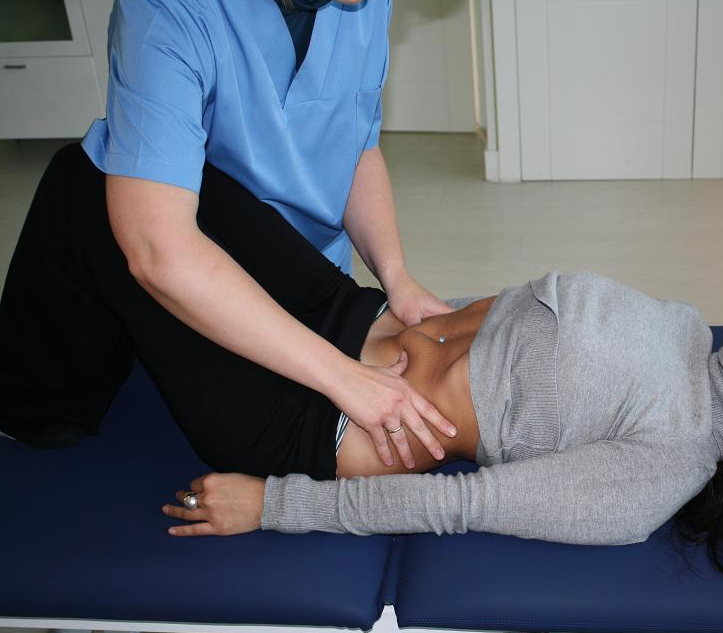I do know a fair bit about the Hypopressive technique (more details below) and feel strongly it is another great tool for many of our patients, especially those with pelvic floor conditions.
When you look at the youtube videos you may think it is crazy. Once you are taught the nuances of the poses and the breath, then work with them in sequence you can see and feel their impact. More importantly the patient can feel and see almost immediate changes in their body. I can assure you the Hypopressive technique is not something you can just pick up from watching youtube or a quick in-service. My Background with Hypos I have been using a type of diaphragm lift / apnea breath since mid 90’s having been taught this by Claudia Brown, Bernadette de Gasquet and Chantal Doumalin on various courses. I specifically used it with prolapse patients with variable results. I had no idea about the poses until taking the course in May 2013. Since incorporating the poses with the apnea I have frequently been stunned by the effects. Hypopressives are now a significant part of our clinic’s approach with patients. We have almost had 2 years of experience and confirm the effect with RUSI (rehabilitative ultrasound imaging) biofeedback. While hypopresive routine is thought to be most useful with pelvic floor weakness patients with hypertonic pelvic floor muscles, persistent pelvic pain and spinal problems are also having great results.
The power of hypopresive routine comes in the collaboration with physio, patients and trainers and the routine can be used to release patterns of dysfunction, help with alignment and then connect / develop motor control so the person can move and function more effectively.
Mary Wood
Pelvic Floor Physiotherapist
